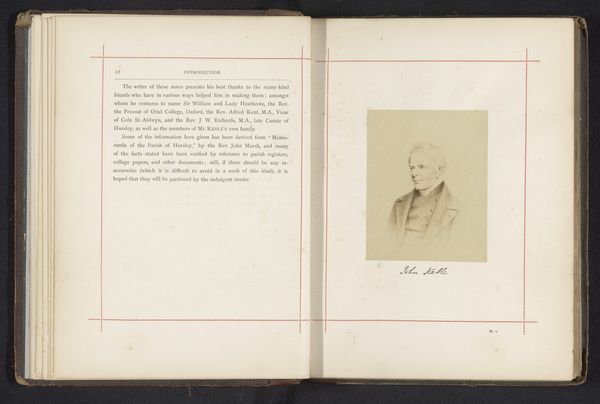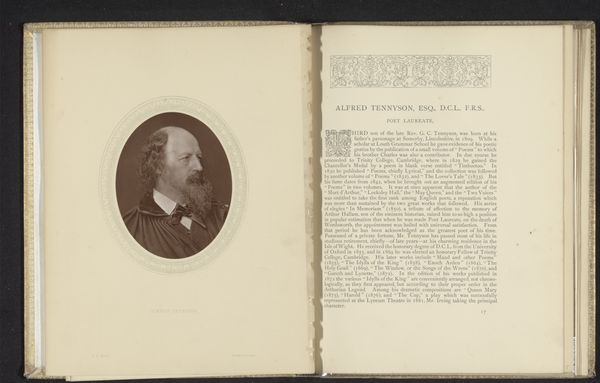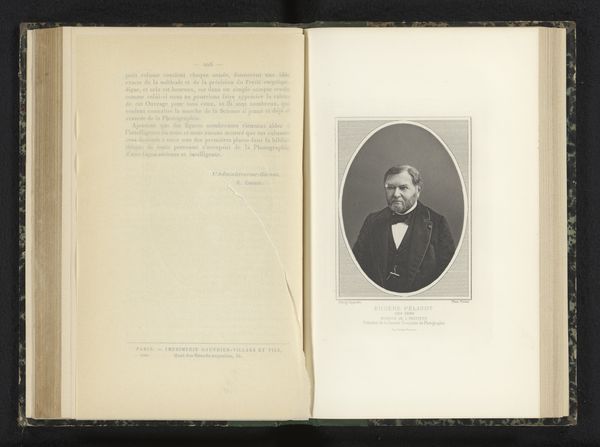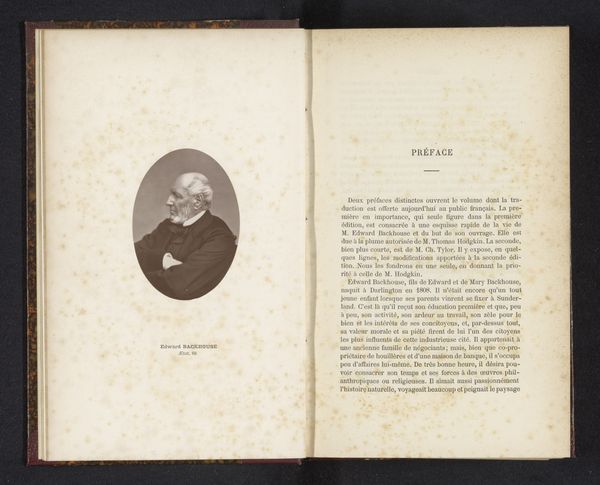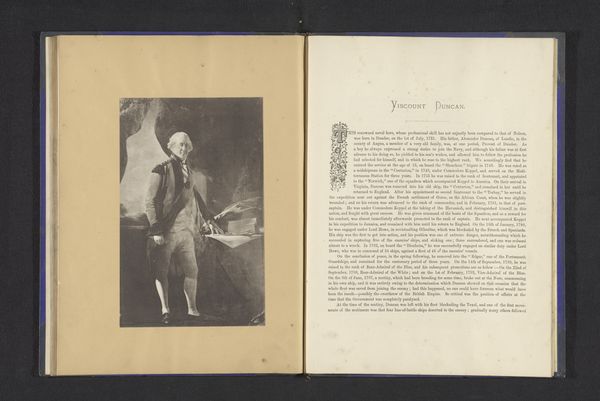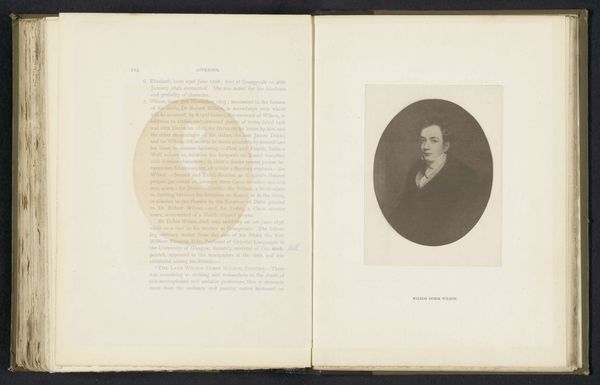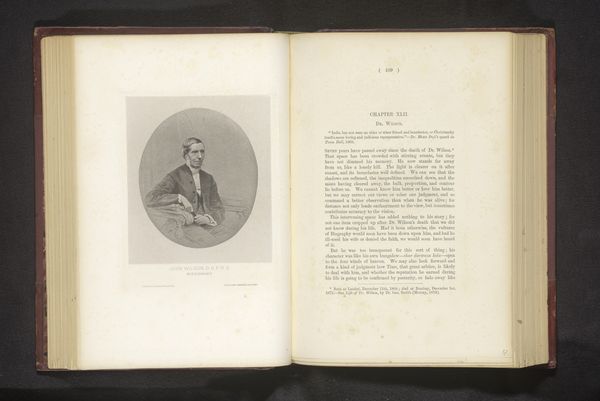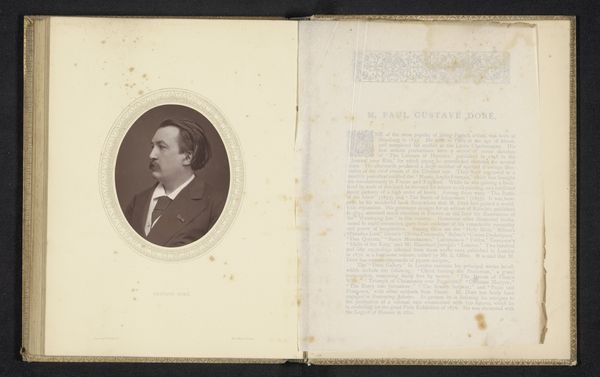
photography, albumen-print
#
portrait
#
16_19th-century
#
photography
#
albumen-print
Dimensions: height 115 mm, width 89 mm
Copyright: Rijks Museum: Open Domain
Editor: We’re looking at a portrait of Cardinal Manning, created before 1876 by Lock & Whitfield. It's an albumen print, beautifully preserved in an album. I'm struck by how the oval framing accentuates the sharp angles of his face. What compositional elements stand out to you in this photograph? Curator: The tonal range of the albumen print is remarkable. Notice the subtle gradations from light to shadow, how the photographers use this to model Manning’s features and evoke a sense of depth despite the two-dimensionality of the photograph. Consider how the tight cropping of the oval emphasizes the sitter's profile and redirects attention to his austere expression, a formal choice shaping our reading of the prelate's character. Editor: That makes me think about the effect of repetition - how the oval of his face is repeated by the outer frame. The stark contrast, combined with its tight framing, really amplifies the seriousness. Do you think the choice of albumen print impacts our interpretation? Curator: Undeniably. The albumen print process yields an image with exceptional clarity and detail compared to other photographic methods of the time. This high level of detail allows the photographers to meticulously record Manning’s likeness and the texture of his vestments, lending the image an air of authority and permanence, reflecting the sitter's status within the church. Are the geometric aspects creating more meaning than the symbolism, in your view? Editor: That's a fascinating perspective. Focusing on the image itself, I see the interplay between the light and shadow, geometry and stark detail, to show how a formal portrait becomes almost austere. Thanks! Curator: Indeed. It is through considering the visual elements that the photograph finds itself in its purest representational form.
Comments
No comments
Be the first to comment and join the conversation on the ultimate creative platform.
